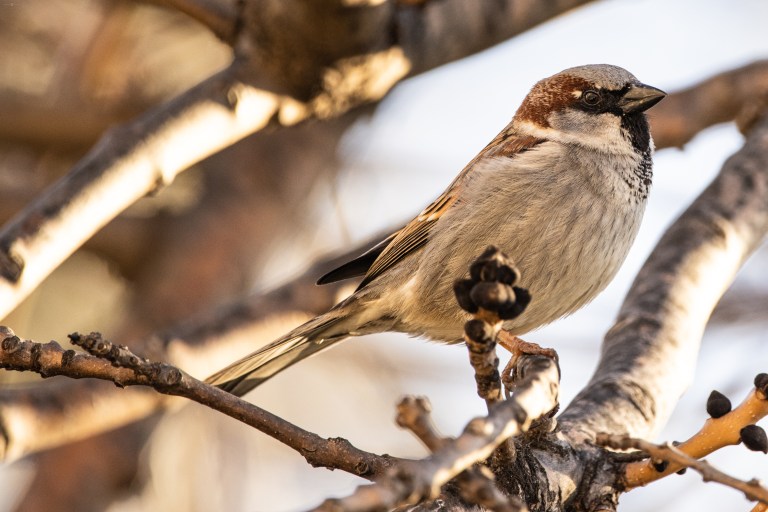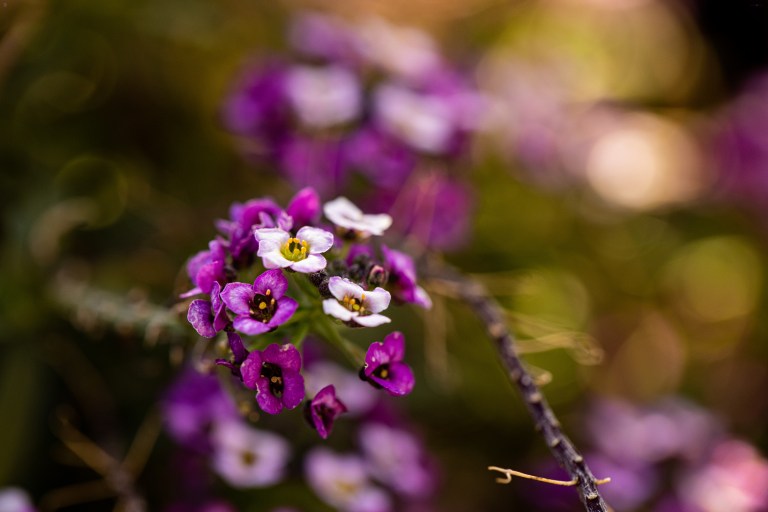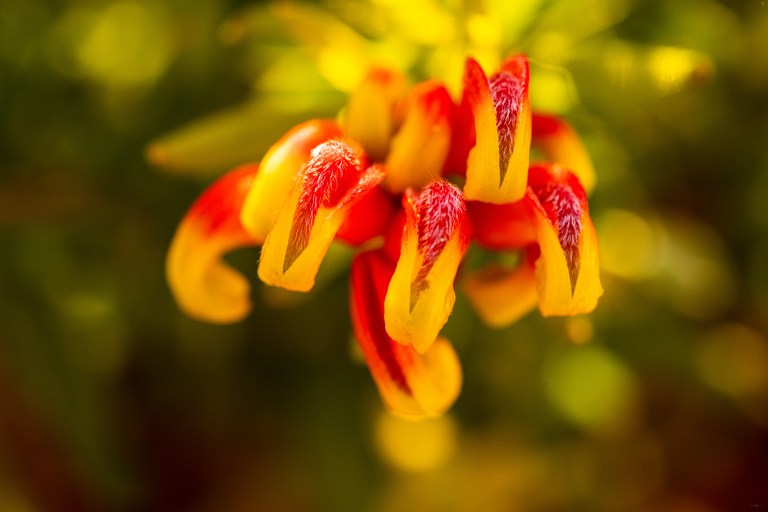After a very, very long wait and a comedy of errors the EF to RF lens adapter for the Canon EOS R5 arrived this week, in fact I ended up with two of them as one was thought to be lost, I ordered another and hey look both arrived after all. Still not going to complain at least they are here now and I could start using the R5 with my existing lenses.
First up was testing it with the Sigma 150-600 telephoto lens and seeing how the vaunted autofocus with animal detection worked with third party kit. I was extremely impressed although using auto focus and photographing birds isn’t my usual thing it was still pretty snappy and the eye detection on the birds appears to be some serious black magic stuff. When the birds were perched in a tree that’s about to releaf and covered in dark buds it struggled a little but it wasn’t hard to nudge back onto the desired target.
First example is a sparrow perched in the tree which the focus managed to pin pretty hard. This photo I’ve actually cropped down to just over a quarter of the images original size but thanks to the insane sensor size its still over 4k quality.
This shot is fully uncropped and the auto focus nicely auto locked straight onto this young rainbow lorikeets eye without any help. It was extremely windy and I hadn’t adjusted the ISO well enough to bump up the shutter speed but still got a very reasonable photo.
Then I tested it out with the Canon 100m macro to test the lens image stabilisation with the R5 in body image stabilisation (IBIS), a feature I’ve deeply missed from shooting with Olympus cameras many years ago. All these macro shots are hand held during the dying rays of the day with no additional light, ISO set at 800. Used most shallow depth of field to keep the shutter speed in check but overall it appears to have performed very well.
Forgotten which flower this is but it’s one of the bulbs coming up in our garden. You can see I’ve used an extremely shallow depth of field but the autofocus lock on the edge of the petal is near perfect, using single point AF.
These are some very small grevillea flowers, specifically from a “firecracker grevillea” that I’ve recently planted in our garden to help encourage native wildlife. Once again the R5 performed very admirably despite the reasonably low light, being handheld and light winds.
There’s still a lot of using the EOS R5 I need to get used to but so far I am very happy with my 40th present to myself.






Excellent article, my question is, which Sigma 150-600 are you using, the Contemporary or sport? Also what frame rate do you achieve. I am looking at the R6 so assume given it has same AF system to R5 the results will be very similar.
Thanks
LikeLike
Hey there appreciate the feedback!
I’m using the contemporary sigma 150-600 – telephoto isn’t my usual thing so went for a lens that would do reasonably well without costing me too much thus couldn’t quite justify the sport model. The frame rate question I can’t really give you a good answer as I was mostly taking it slow and steady taking single shots rather than burst shooting – but it is really something I should try doing next time. My understanding is the AF system between the R5 and R6 are functionality identical which is nice as the bird eye AF seriously feels like dark magic even if it did occasionally get confused with a busy foreground. For what it’s worth Sigma did also publish some notes on using their lens with the R5 and the EF-RF adapter – I presume these notes will be just as applicable to the R6
https://www.sigmaphoto.com/article/operating-conditions-of-the-sigma-lenses-with-canon-r5/
LikeLike
Thank you for the advice, looks good, even with a slower than 12fps the 150-600 and R6 with its excellent advanced AF looks like a good combo.
LikeLike